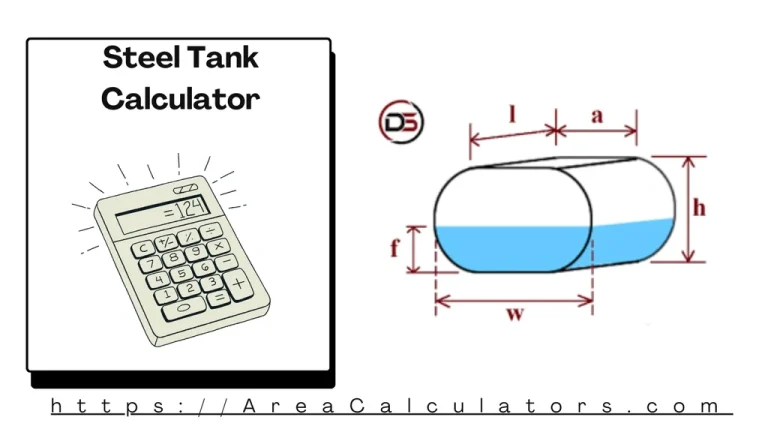Basal Area Calculator
To calculate the basal area of trees, measure the diameter at breast height (DBH) and apply the formula to estimate the cross-sectional area of the tree or stand per unit of land.
The Basal Area Calculator is a crucial tool in forestry and environmental studies. It helps estimate the total cross-sectional area of tree trunks in a given plot, measured at breast height (approximately 4.5 feet above the ground). Basal area is used to assess forest density, tree size, and overall health.
This calculation is essential for forest management, conservation planning, and determining timber yields. Whether you’re calculating basal area per hectare, per acre, or per tree, this tool simplifies complex measurements and improves decision-making in sustainable forestry.
Formula
BA = F × (DBH²) × N
| Variable | Description |
|---|---|
| BA | Basal Area (per tree, plot, or hectare) |
| F | Conversion factor for unit consistency |
| DBH | Diameter at breast height (in inches or cm) |
| N | Number of trees in the plot or area |
Solved Calculations
Example 1: Basal Area of a Single Tree
| Step | Value |
|---|---|
| DBH | 10 inches |
| Conversion Factor (F) | 0.005454 |
| Number of Trees (N) | 1 |
| Basal Area (BA) | 0.005454 × (10²) × 1 = 0.545 ft² |
Example 2: Basal Area of a Plot with Multiple Trees
| Step | Value |
|---|---|
| DBH | 12 inches |
| Conversion Factor (F) | 0.005454 |
| Number of Trees (N) | 25 |
| Basal Area (BA) | 0.005454 × (12²) × 25 = 19.63 ft² |
What is Basal Area Calculator?
A Basal Area Calculator is a vital tool for forestry professionals and ecologists to calculate the cross-sectional area of trees at breast height (1.3 meters or 4.5 feet above the ground).
This measurement helps assess forest density, growth, and health, typically expressed in square meters per hectare or square feet per acre.
The calculator simplifies tasks like determining the basal area per tree using its diameter at breast height (DBH) and calculating totals for larger plots, such as basal area per acre or per hectare.
By applying the basal area formula, it converts DBH measurements into actionable data for evaluating forest management practices.
This tool is especially useful for estimating tree density, calculating basal area from DBH in centimeters or inches, and creating forest inventory reports.
Whether working with Excel, using a basal area calculator app, or performing manual calculations, it ensures accuracy and saves time.
Final Words
Ultimately, the Basal Area Calculator is an essential resource for forestry management and ecological studies. It provides precise measurements, simplifies complex calculations, and supports sustainable forest management practices.


